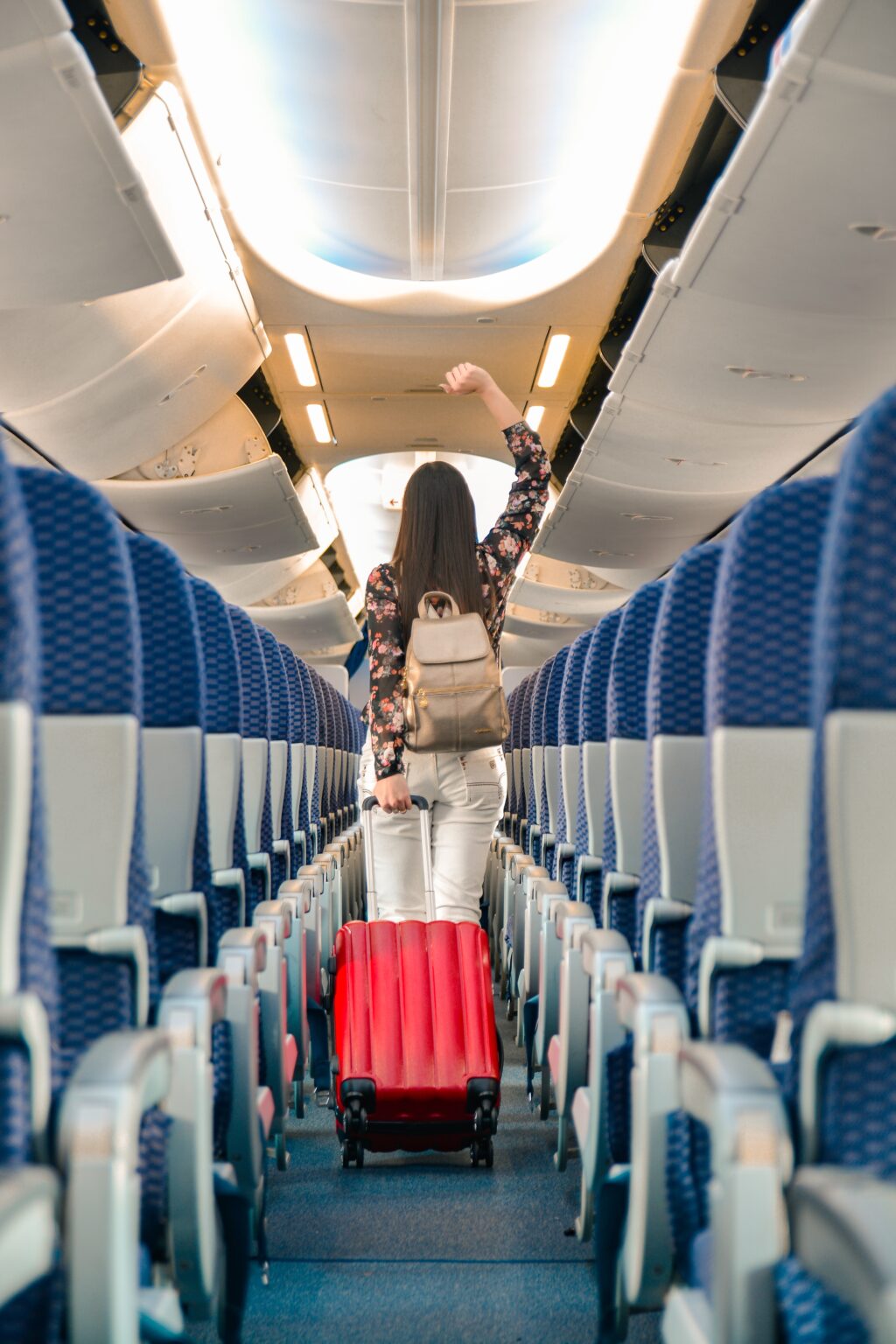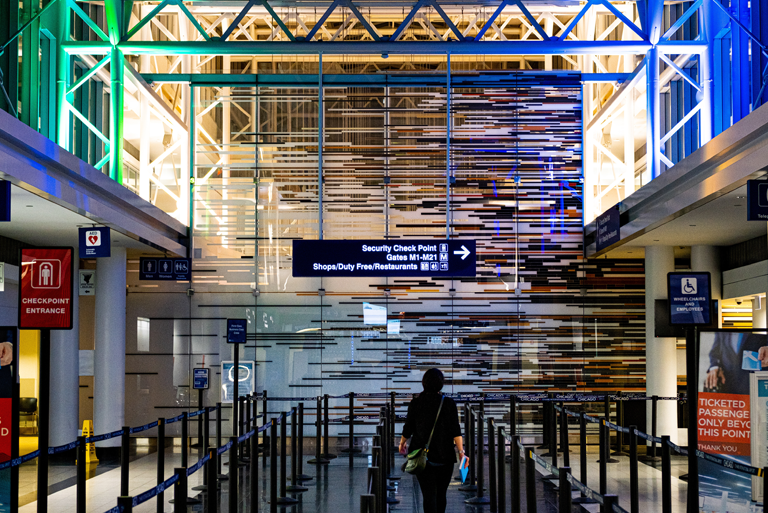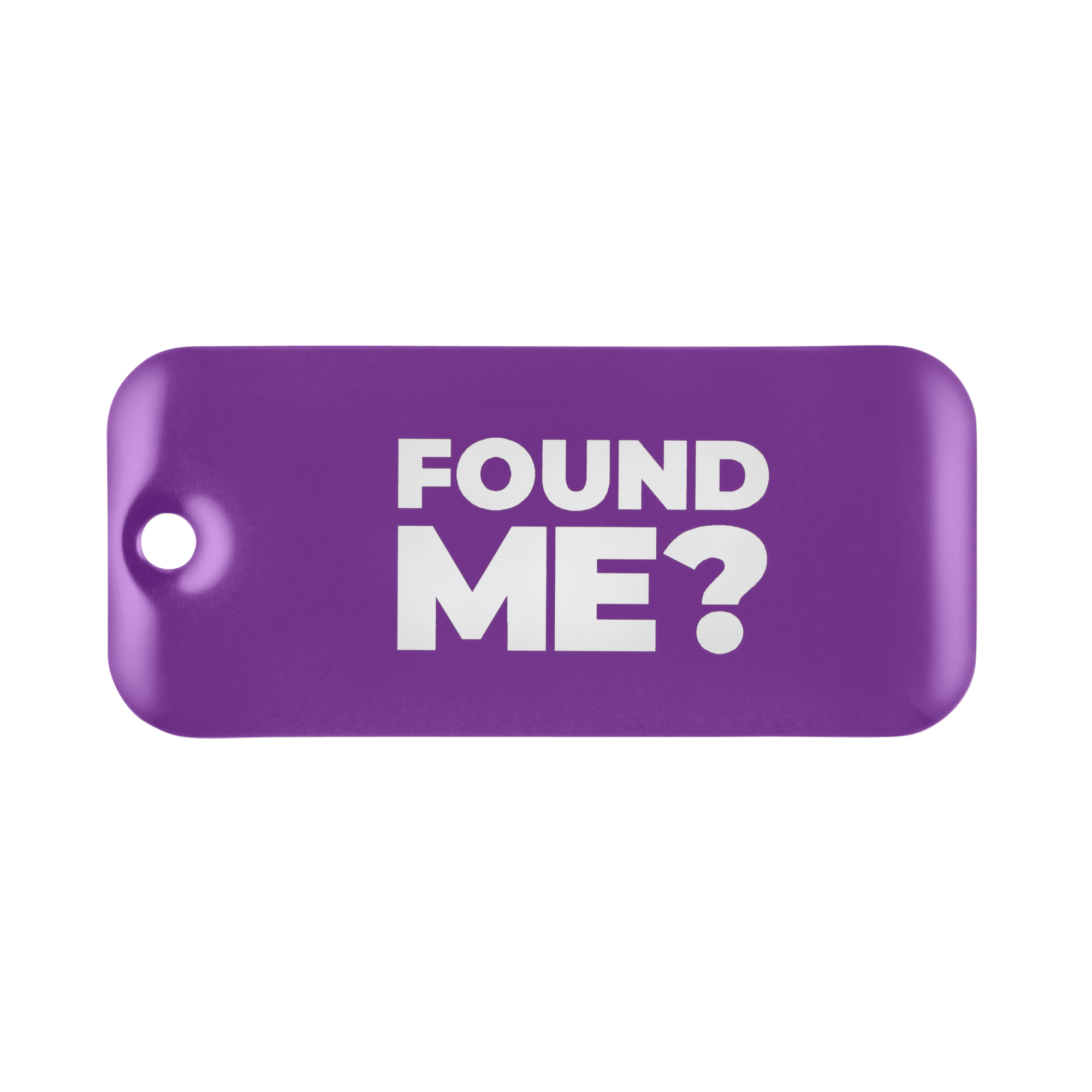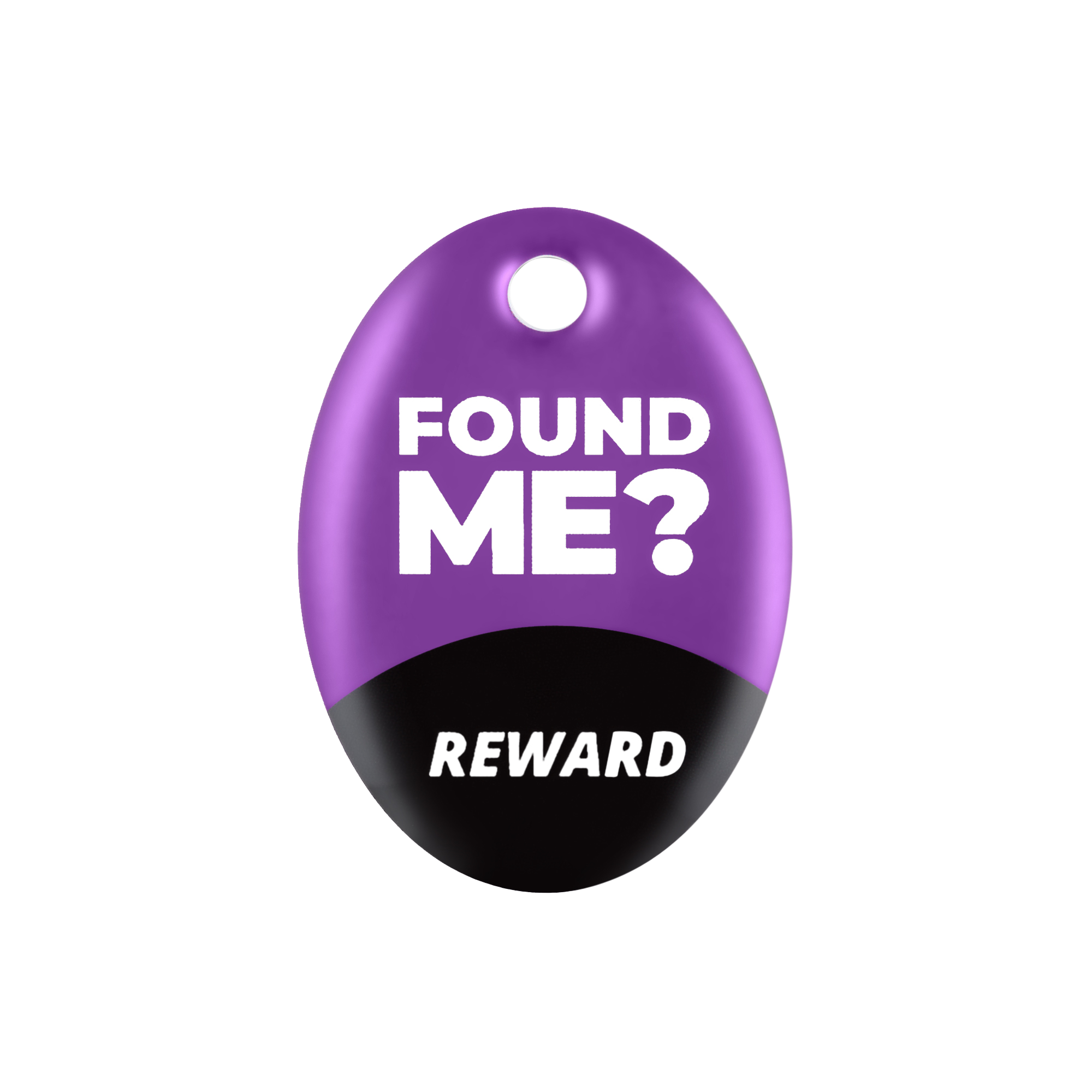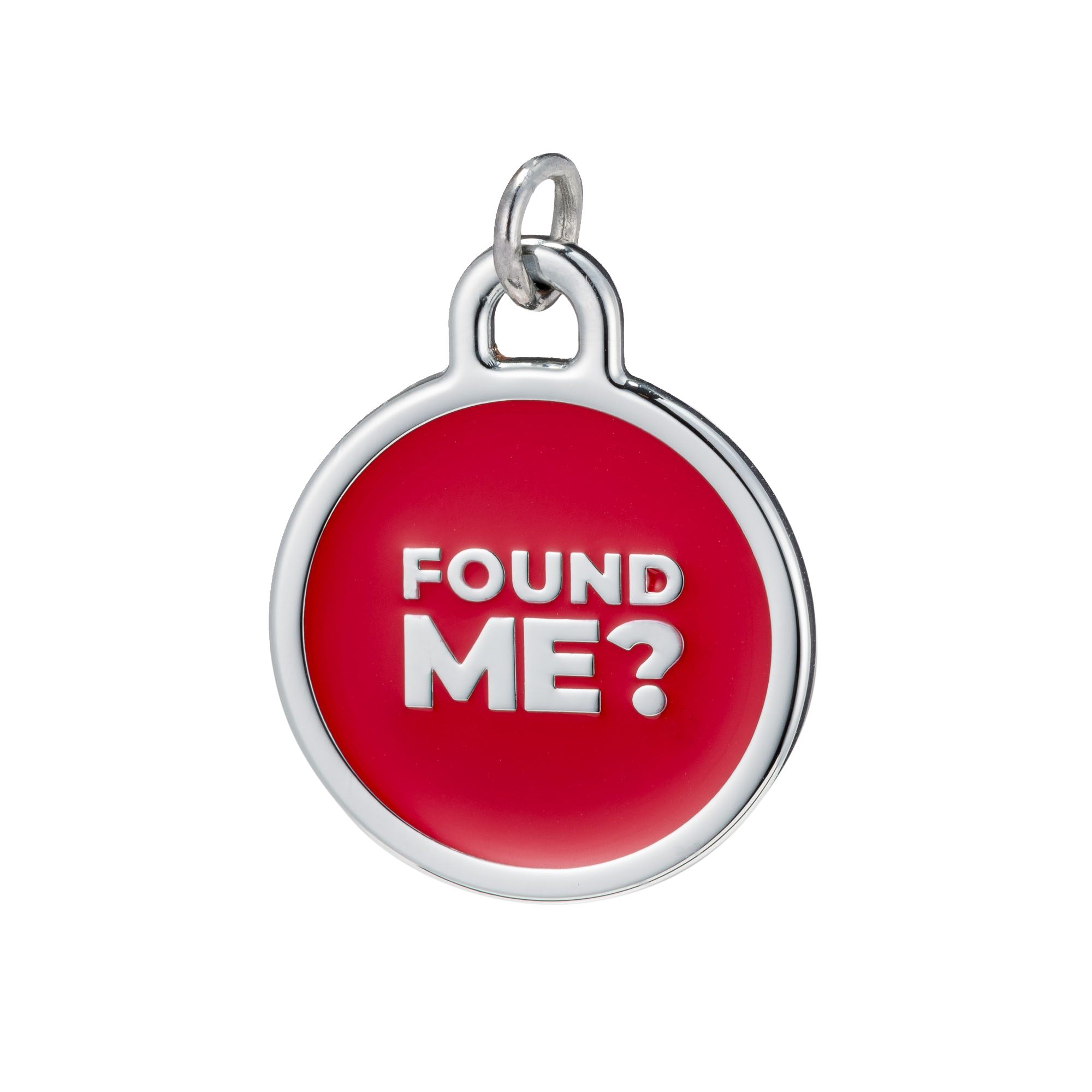Whether it’s relocating to a new city or embarking on a vacation, finding the best pet transport options and understanding the associated costs is crucial. In this blog post, I will share my experiences and insights on pet transport cost and discuss the current state of traveling with pets on trains and buses in the USA. Let’s dive in!
 Pet Transport Cost: Distance and Mode of Transportation
Pet Transport Cost: Distance and Mode of Transportation
Pet transport cost is influenced by factors such as the distance traveleand the chosen mode of transportation. For long distances, air travel is often the fastest and most convenient option. However, it can be expensive, with costs varying based on the airline, pet size, and the duration of the flight. Additionally, there might be additional fees for carrier requirements, health documentation, and pet customs clearance for international travel.
If you’re traveling within the country or prefer a more cost-effective option, ground transportation can be a suitable choice. Road trips allow you to travel at your own pace and provide flexibility. The expenses involved include fuel costs, tolls, and potentially pet-friendly accommodations along the way. It’s important to research pet-friendly lodging options in advance to ensure a comfortable stay for both you and your pet.
Professional Pet Transport Services
If you’re unable to transport your pet yourself or prefer assistance, professional pet transport services can be a valuable option. These specialized companies take care of all the arrangements, including flights, documentation, and permits. The cost of professional pet transport varies depending on factors such as the distance traveled, pet size and breed, and additional services requested. While these services can be costly, they provide convenience and peace of mind, ensuring your pet’s safety and comfort throughout the journey.
Traveling with Pets on Trains in the USA
Amtrak, the national railroad passenger service in the USA, has specific guidelines regarding pets on trains. As a pet owner, I have found that Amtrak generally only allows service animals on board, while pets are not permitte. However, it’s important to stay informed about any changes or updates to their pet policy. Amtrak has conducted pilot programs on select routes, exploring the feasibility of allowing small pets in carriers. Checking their official website for the latest updates is crucial when planning your trip.

For information on Amtrak’s pet policy and any updates regarding pets on trains, visit their official website at https://www.amtrak.com/pets-on-trains. Checking for updates and any potential changes to their pet policy can help you plan your journey accordingly.
Commuter Trains and Local Rail Services:
When it comes to commuter trains and local rail services, the policies regarding pets on trains can vary. Some rail services may allow small pets in carriers or crates, while others may have specific restrictions or not permit pets on trains at all. As a responsible pet owner, I have found it essential to research the policies of the specific train service I plan to use. Contacting the service directly or visiting their official website can provide detailed information on their pet policy, allowing me to make informed decisions.
Pet transport cost on Busses in the USA: Greyhound Bus Lines Pet Policy
Greyhound, one of the prominent bus transportation companies in the USA, has its own guidelines regarding pets on their buses. Based on my understanding, as of now, Greyhound only allows service animals on board, with no provision for non-service pets. However, policies can change, and staying updated on their website or contacting their customer service directly is crucial to gather the most recent information about their pet policy.
Greyhound: To learn about Greyhound’s current pet policy and any changes they may have made, visiting their website at https://www.greyhound.com/en/help-and-info/travel-info/traveling-with-pets is recommended. Keeping an eye on their website or contacting their customer service directly can provide you with the most up-to-date information on their pet policy.
Local Bus Services and Intercity Bus Companies
As a pet owner, I understand the importance of finding reliable and pet-friendly transportation options when it comes to buses. Local bus services and intercity bus companies can have varying rules and regulations regarding pets. Some services may allow small pets in carriers or crates, while others may have specific restrictions or not allow pets on board at all. It’s essential to research the specific bus service you plan to use and inquire about their pet policy. Visiting their official websites or contacting their customer service can provide you with detailed information on their pet transport regulations.

Local Transit Authorities: To gather information about traveling with a pet on trains or local buses, it’s best to check the official websites of the local transit authorities in your specific area or the areas you plan to travel through. Each transit authority may have its own rules and guidelines regarding pets on public transportation.
Official Websites for Gathering More Information
To gather more information on pet transport cost and policies regarding traveling with a pet on trains and buses in the USA, the following official websites can provide valuable insights:
United States Department of Agriculture (USDA): The USDA regulates the transportation of animals, including pets. Their website provides information on pet travel requirements, health certificates, and guidelines for traveling with pets internationally. Visiting their website at https://www.aphis.usda.gov/aphis/pet-travel can provide you with detailed and accurate information.
Transportation Security Administration (TSA): If you’re planning to travel with your pet by air, the TSA website offers guidelines and regulations for traveling with pets. You can find information about security procedures, pet carrier requirements, and screening processes. Visiting their website at https://www.tsa.gov/travel/special-procedures/traveling-with-pets can help you understand the necessary steps for flying with your pet.
American Veterinary Medical Association (AVMA): The AVMA website offers resources and information on traveling with pets, including guidance on pet transport and health requirements. Visiting their website at https://www.avma.org/resources-tools/pet-owners/petcare/traveling-your-pet-faq can provide you with valuable insights and tips for traveling with your pet.

Centers for Disease Control and Prevention (CDC): The CDC provides information on traveling with pets and their requirements for entry into the United States. Their website offers guidance on international pet travel and any health-related regulations. Visiting their website at can provide you with the necessary information for traveling internationally with your pet.
FOUND ME Pet Tags protect your furry friends
Whether you’re traveling by air, train, or bus, each mode of transportation has its own set of rules and considerations. Understanding the costs and regulations associated with pet transport is crucial for a smooth and stress-free journey with your furry companion.
As a pet owner, when it comes to traveling it is important to protect your furry friend with ID Tags and Microchipping.
I personally rely on FOUND ME that offers Interactive Pet Tags with QR CODES. These tags have become my direct lifeline to my dog in case it gets lost, I can update my contact info at any time, and have up to 5 emergency contacts notified. So in case my dog gets lost, the good samaritan who will find them will have to simply scan the QR code on the FOUND ME tag and start a secure chat with me in 46 languages and help me reunite with my furry friends. Furthermore the FOUND ME app has become my secure place where I store all my dog’s medical info, microchip number, vaccine reminder, and vet appointments reminders. And if needed I can even generate and print in a few clicks a Lost Pet Poster.
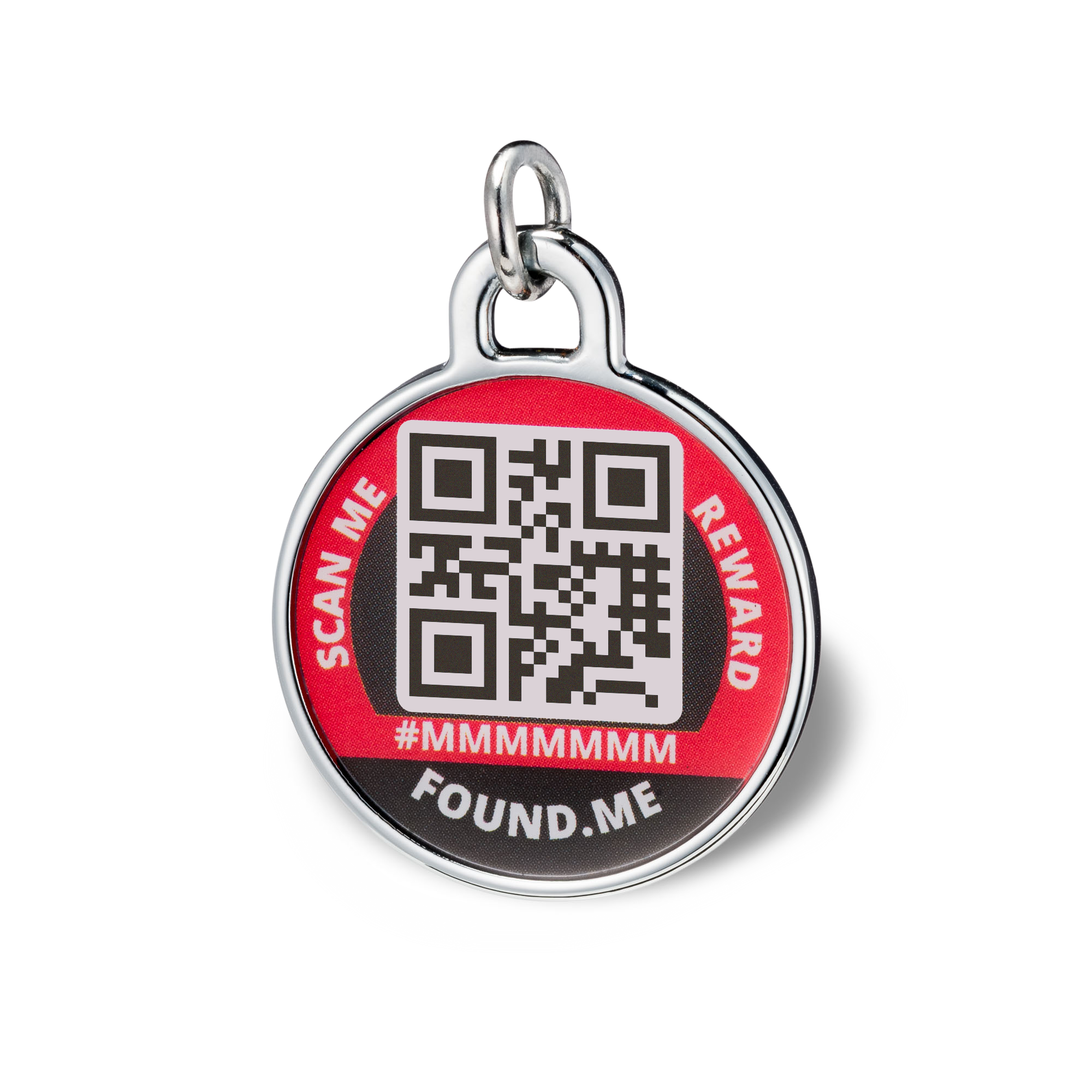
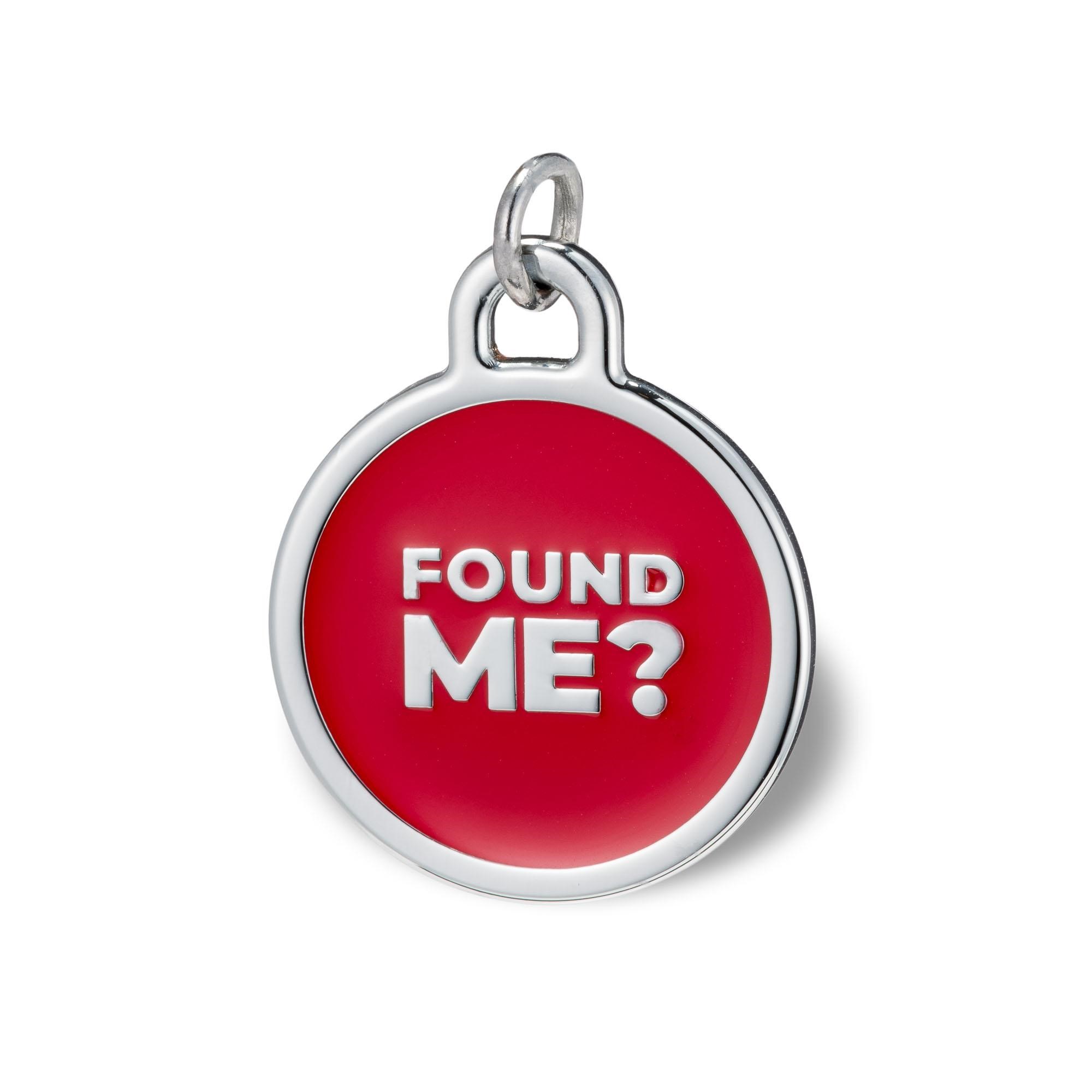
If you want to know more about FOUND ME and how it can help you protect everyone and everything you love visit www.foundme.com


